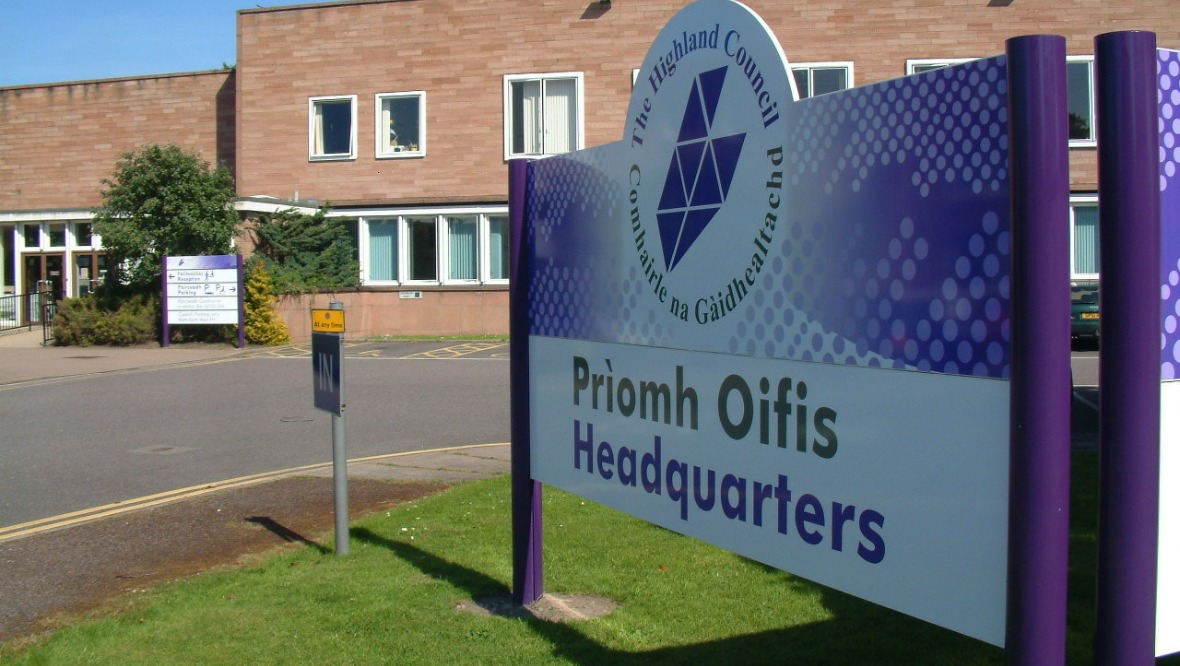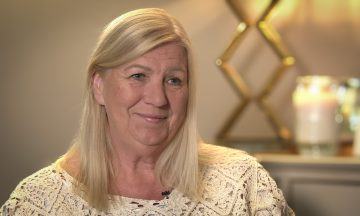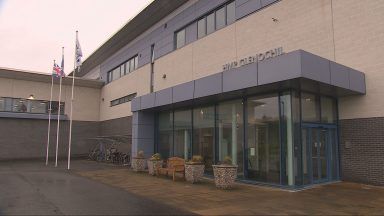Highland Council have a £9m projected overspend in their revenue budget, latest finance papers have revealed.
The impact of price inflation and staff pay disputes have been laid bare by the latest papers, however the administration says it’s in a strong position to weather the storm.
Paying that bill will cut the council’s financial reserves in half. At the same time, the council can no longer afford the capital plan members agreed in December.
Staff pay dispute creates pressure
Highland Council’s corporate revenue report outlines overspends in several departments, including economy and infrastructure, housing and communities.
The council is projecting a year-end overspend of £9.6m.
There are two key budget pressures.
First up, staff pay disputes. The council had originally budgeted for a 2% pay increase, but that was before recent strike action. COSLA rejected their most recent offer of 5%, so the final bill for salaries keeps creeping up.
Then there’s the wider economic climate and rising inflation. It’s notable that Highland Council services concerned with materials are the ones with escalating budgets.
For example, the community directorate is struggling with the rising cost of fuel and vehicles. In economy and infrastructure, it’s bus contracts. And housing services face spiralling tender prices and supply chain problems.
The good news, is that the council has healthy non-earmarked reserves, currently sitting at the recommended 3% mark. However, half of those reserves will be swallowed up by the projected £9.6m overspend.
It leaves the council with depleted funds to shore up future losses.
Council remains in ‘position of considerable strength’
Perhaps surprisingly, council leaders were upbeat at today’s meeting of the corporate resources committee.
Finance boss Ed Foster said Highland Council is meeting budget challenges from “a position of considerable strength”.
New chairman Derek Louden agreed, paying tribute to some of the big hitters in the previous administration. These included Alasdair Christie, former budget leader and now leader of the opposition; former corporate resources chairman Jimmy Gray, and convener Bill Lobban, who heads up the council’s redesign board.
Mr Louden said the SNP had worked collaboratively in the last political term because it was “the right approach” in difficult times. Now, he said, council needs to keep that spirit going.
“We had Brexit, we had Covid, and now just as the sunshine was appearing, we have rampant inflation,” said Mr Louden. “Some of us barely remember the 70s, which is the last time that inflation was this high.
“It’s very challenging for the council but we must think as much as possible about the people, businesses and charities having to deal with this. We must help as much as we can.”
Mr Louden said the administration will bring a report to the September meeting of full Highland Council. This will explore how best to support the Highlands through the cost of living crisis.
Shots fired across the chamber
The debate may have started sweet, but the mood turned quite quickly sour.
While thanking Mr Louden for his praise, opposition leader Alasdair Christie took aim at the detail of the finance papers.
“We need to do something rapidly to get more up to date information,” he said. “We need better financial data to enable us to make decisions. Talking about quarter one in September is not acceptable.”
His comments prompted council leader Raymond Bremner to take to his feet, with a sarcastic remark.
“Rewind the clock back five years to when I said we need to review our reports to get more up-to-date information. So did councillor Louden. Councillor Christie was in administration then so I’m not surprised he’s asking for that now too.”
Mr Christie later clarified that he had duly amended the reports, but they had since returned to the former approach.
Are jobs at risk?
But while members busied themselves arguing over who started it, the bigger question was how to finish it.
Mr Louden said the council needs to maximise its income and better manage its assets. The ongoing redesign process will look at property rationalisation and workforce planning, embracing new ways of working.
“We must join together and work collaboratively to do the best we can to deliver Highland from this very serious crisis,” he said.
Mr Christie accepted the approach but observed that much of this work had been underway for years, pressing the council leaders for a detailed timeframe.
“Halving our reserves is drastic,” he added.
Mr Christie asked the chief executive to share her concerns, particularly any plans to delete vacant posts and “reduce the size of the establishment”.
Donna Manson pivoted, stating that “collaboration is the answer” to Highland Council’s budget woes. It will use its strong professional relationships to find a way through.
Convener Bill Lobban also sounded a positive note.
“No-one could ever have imagined the situation we find ourselves in today,” he said. “But due to prudent financial management in the past we are in a better position than many and we will weather the storm for the people of Highland and for our staff.”
Council must tread carefully on borrowing
Not all councillors were convinced that the council’s finances are ‘prudent’. New member Angus MacDonald said his “jaw dropped” when he realised Highland Council borrowing exceeded £1.1bn, with loan charges of £80m.
Mr MacDonald highlighted the risk posed by rising interest rates coupled with a decline in central funding from the Scottish Government.
The chairman offered reassurances, pointing out that the council has over £2bn in assets. Ed Foster also clarified that capital budgets generally rely on grants and borrowing, and – unlike the private sector – this is weighed against future income streams.
However, Mr Foster took the point about interest rates. He said some of the council’s old debts are at historic rates as high as 11%, but any future borrowing is vulnerable to increases.
As a result, the council’s medium term capital plan needs to account for a higher repayment rate in new borrowing.
This means the medium term budget – which was only agreed in December 2021 – now looks unaffordable.
Back then, the plan caused corporate resources vice-chair Matthew Reiss to resign his post, accusing the council of not being straight about the state of its finances.
Now, members are working behind closed doors on a new draft of the plan. Several projects, including new schools funded under the Scottish Government’s Learning Estate Investment Plan (LEIP) are looking shaky.
Mr Louden says that a more detailed report on the capital plan will come to members later this year.
Follow STV News on WhatsApp
Scan the QR code on your mobile device for all the latest news from around the country


 LDRS
LDRS






















